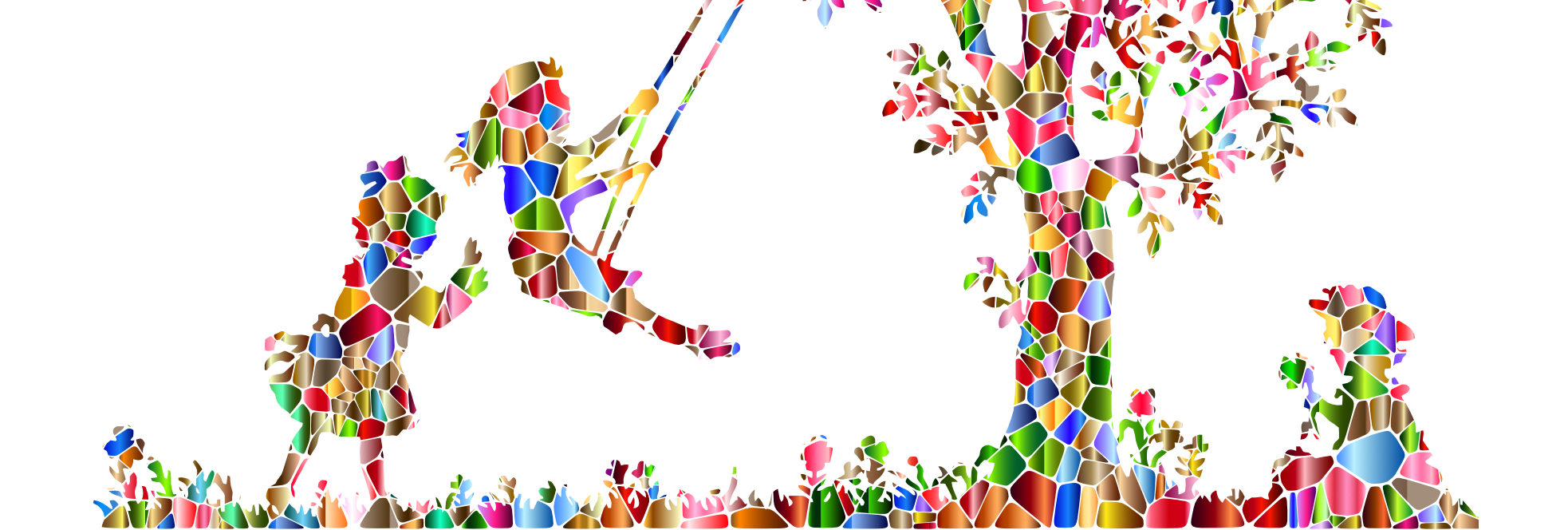The Awesome (one of many names for our daughter) was diagnosed with Dyspraxia in August of 2018. We first heard of Dyspraxia in May of 2018 after a conversation with our speech therapist. The label used here in the US is often “Apraxia of Speech” or “Childhood Apraxia of Speech.” And so when we researched Apraxia we were a bit confused because nothing about Apraxia (brain damage/trauma/stroke) fit. That’s when we found the word Dyspraxia and started to make appointments with a pediatric neurologist.
The diagnosis and the word “Dyspraxia” is not, for our family, a label. Dyspraxia is a word for us which describes a recipe, a framework, and a guide to selecting the right tool for the situation.
Nevertheless, it’s challenging to say the least, to describe Dyspraxia to anyone. And the questions that follow are not so much frustrating as they are enlightening about the lack of understanding of many neurologically diverse conditions.
Questions like: “She’ll outgrow it, right.” No. “Oh, come on, all kids have that problem.” No, they don’t. Etc. Etc. It’s really odd how you can use a more well known name such as ADHD and almost instantly, other parents reply, “Oh sure, of course.” With a condition other people have not heard of, there seems to be a disbelief that it’s a real thing.
Thankfully, a new magazine, “Dyspraxia Life” in the U.K. is addressing some of these problems. And a recent article “10 misconceptions about Dyspraxia” is spot on. If you are having a problem explaining things to your friends and family, ask them to read it.
